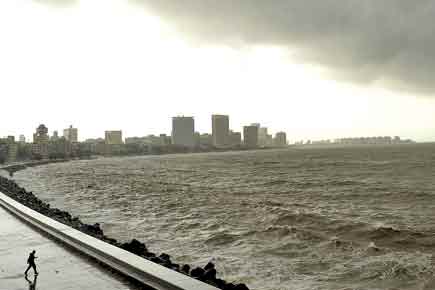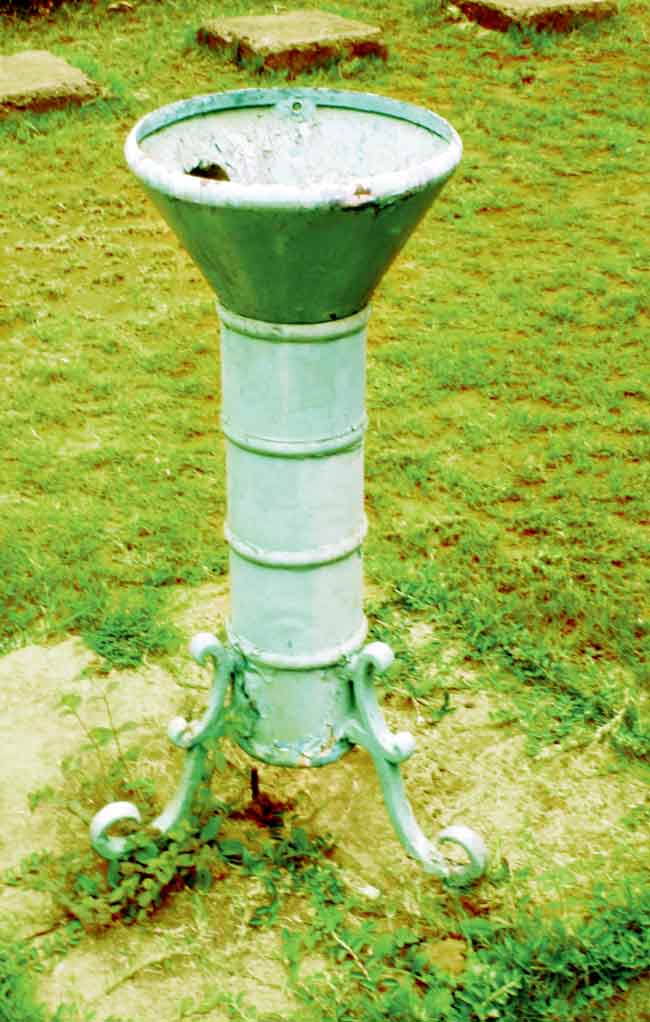As the monsoon clouds gather over Mumbai, Dhara Vora dropped by the Regional Meteorological Centre in Colaba to go behind the scenes of how a few instruments determine our daily lives

Mumbai Guide, Regional Meteorological Centre, Colaba
Apart from instruments that require readings to be read manually, the observatory installed an automatic instrument that records several details such as wind speed, atmospheric pressure, temperature, humidity levels, and sends all the data, automatically through a satellite.
ADVERTISEMENT

A photo of the city taken during the monsoon season in July 2009. Pic/AFP
For the rest of the equipments, scientific assistants work 24/7. The accuracy of the manual equipments is more reliable though.

On the left is a bi-metal strip thermograph used to record the temperature. The instrument on the right is a hair hygrograph used to determine the humidity level in the air. A curious component in the device is a human hair that has never been oiled so that it has the right ph factor to determine humidity.

This rain gauge from the British era lies as a relic in the observatory.

The Evaporimeter helps record data based on the amount of water that has evaporated through the day. This data is then used for various studies such as determining the humidity level in the air.

VK Rajeev, director, India Meteorological Department, Ministry of Earth Sciences, informs us that weather forecasts are done using various international models. The variety helps as each has its efficiency in determining different factors of weather. “The Mumbai centre is the regional head for Goa, Gujarat, Maharashtra and the Arabian Sea till Longitude 60 degrees E . Data collected from local centres comes to different regional head offices; this is collected and sent to the main office in Delhi,” he says. Rajeev feels it’s too early to determine when the monsoon will hit Mumbai, and that the current spells are pre-showers.

This box has been giving the city its maximum and minimum temperatures even before we attained Independence. The mercury-based thermometer (top) helps determine the maximum temperature recorded in a day, the level keeps on increasing till it reaches the maximum temperature and the reading is then taken.

On the other hand, the minimum is registered by an alcohol-based thermometer. The dry bulb (left) thermometer records the current temperature and the wet bulb thermometer (right) records the level of humidity. The box is made such that it does not let light in. The use of multiple instruments helps avoid errors in measuring various factors.
 Subscribe today by clicking the link and stay updated with the latest news!" Click here!
Subscribe today by clicking the link and stay updated with the latest news!" Click here!






